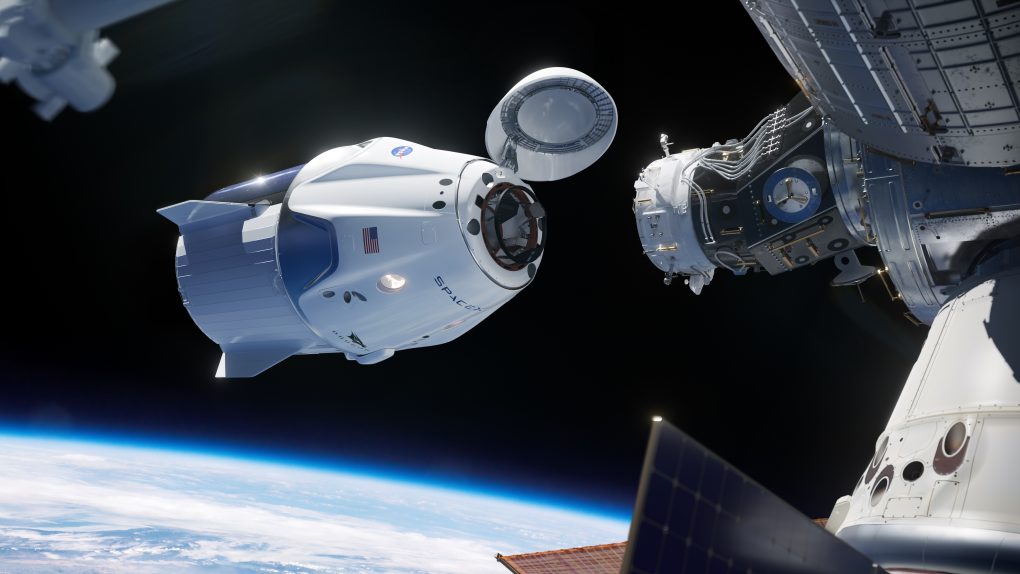- NASA and SpaceX seem to have finally figured out all the issues preventing them from launching the first official Crew Dragon science mission to the ISS.
- The launch is currently scheduled for November 14th.
- The launch had previously been delayed due to unexpected issues with SpaceX boosters during a separate launch.
SpaceX has had a very busy year, what with launching hundreds of its own Starlink communications satellites, fulfilling launches for clients, and of course playing a huge role in sending humans to the International Space Station from US soil for the first time in nearly a decade. That last accomplishment I listed is perhaps its most impressive, and NASA has been eager to use its new domestic spacecraft to send its astronauts into space. That is until SpaceX ran into a bit of a snag.
The first crewed mission to the ISS aboard a SpaceX Crew Dragon went well, but it was more of a test mission than anything else. NASA has a full complement of four astronauts waiting for their turn to head to space in a SpaceX capsule, but the company has been forced to delay things a bit as it figures out why its hardware acted up during a different recent launch. Now, we might finally have a solid date for when the first official Crew Dragon launch will head for the orbiting laboratory.
According to NASA, the space agency and SpaceX are both targeting the date of November 14th for the next launch of the Crew Dragon, and this time there will be four astronauts aboard instead of two. The four scientists taking part in the mission are, Michael Hopkins, Victor Glover, and Shannon Walker, all of NASA, and they’ll be joined by Soichi Noguchi of the Japan Aerospace Exploration Agency (JAXA). The launch will take place from the Kennedy Space Center’s Launch Complex 39A.
“Crew-1 astronauts will join the Expedition 64 crew of Commander Sergey Ryzhikov, and Flight Engineers Sergey Kud-Sverchkov and NASA astronaut Kate Rubins. The arrival of Crew-1 will increase the regular crew size of the space station’s expedition missions from six to seven astronauts, adding to the amount of crew time available for research,” NASA explains. “The Crew-1 mission will launch a few days after the Nov. 10 scheduled launch of NASA’s Sentinel-6 Michael Freilich mission on a SpaceX Falcon 9 from Vandenberg Air Force Base in California, following a thorough review of launch vehicle performance.”
SpaceX apparently observed some strange behavior in its rocket stage during a different, uncrewed launch shortly before the NASA launch was supposed to take place. With an emphasis on safety, SpaceX and NASA decided to push back the launch so that the anomaly could be sussed out. It would appear that the company and NASA are not both happy with the results of that investigation and the launch should proceed without issue this time around.








